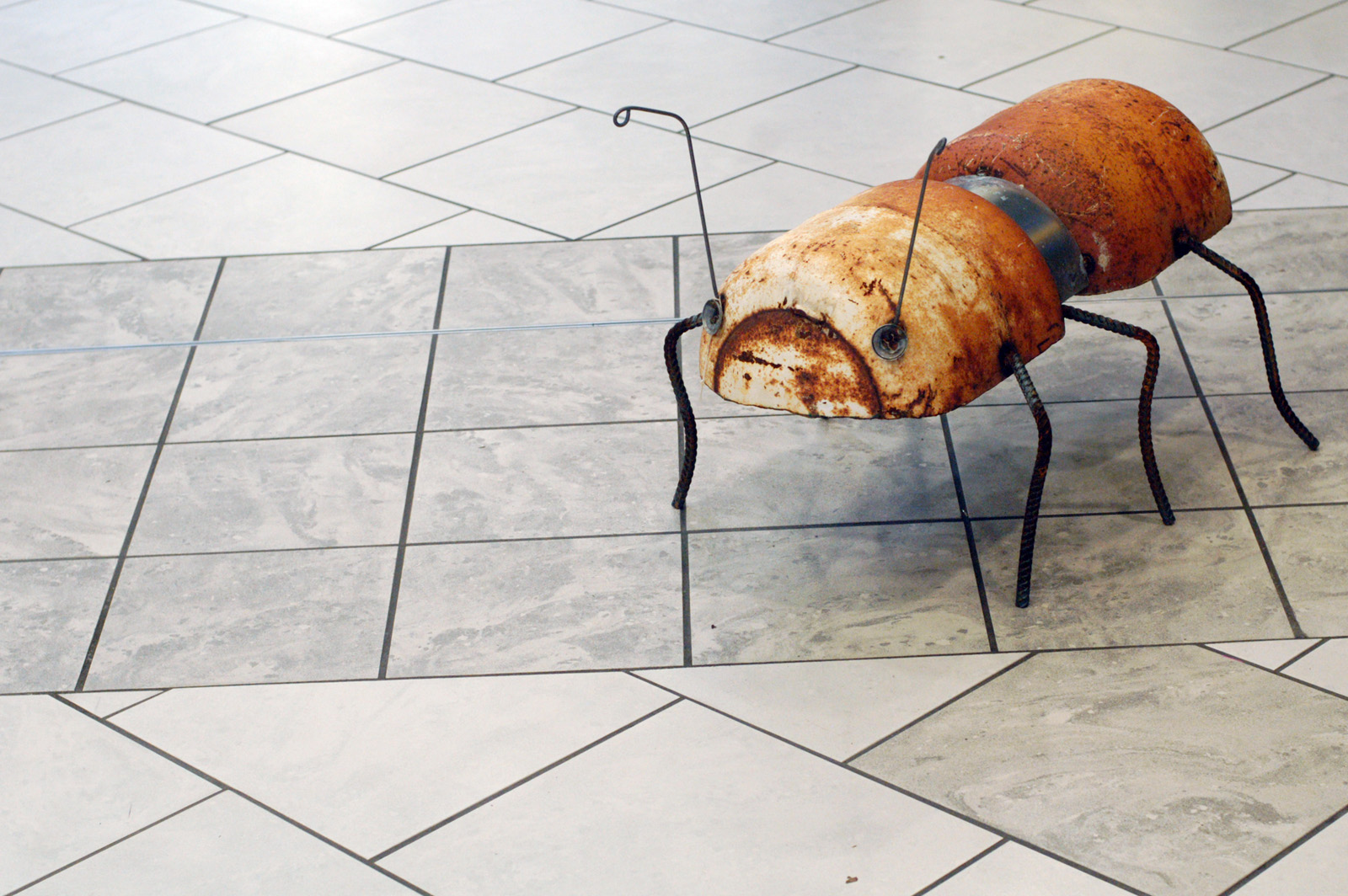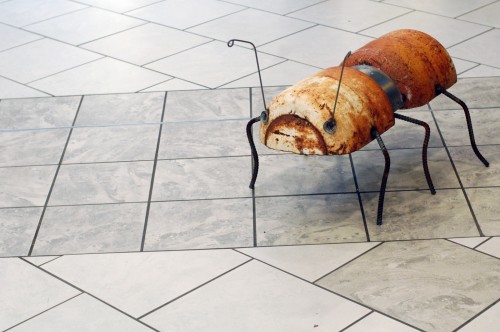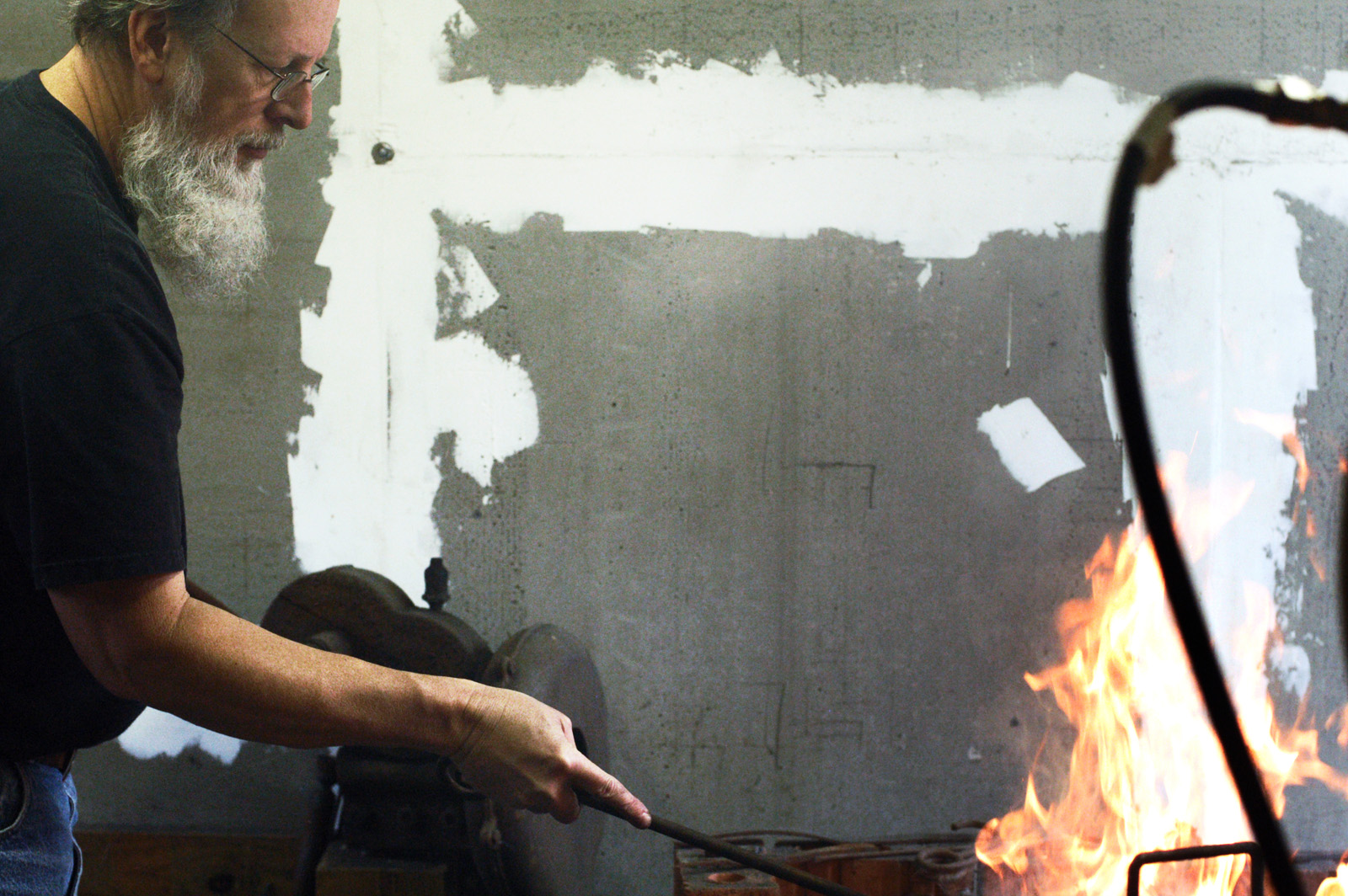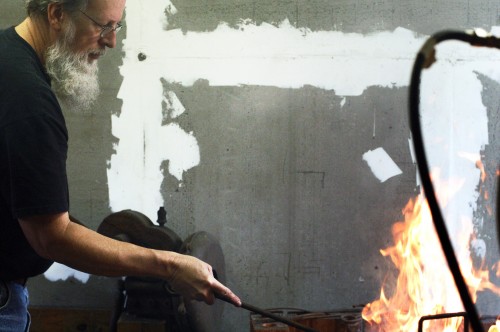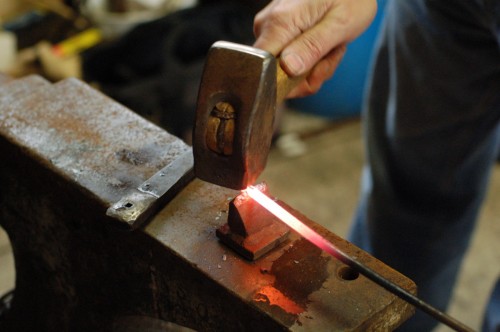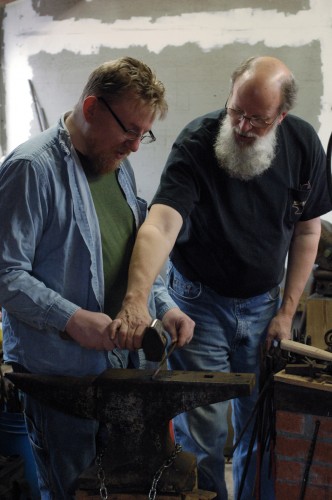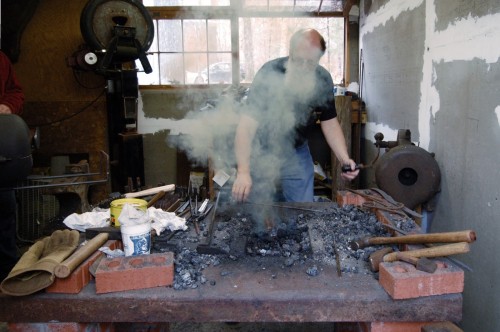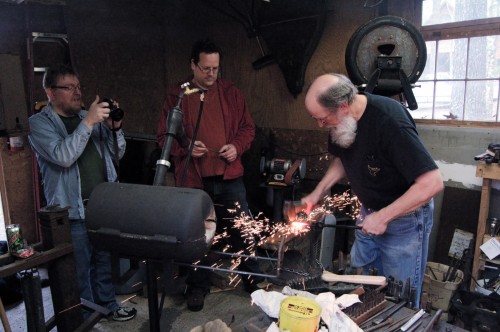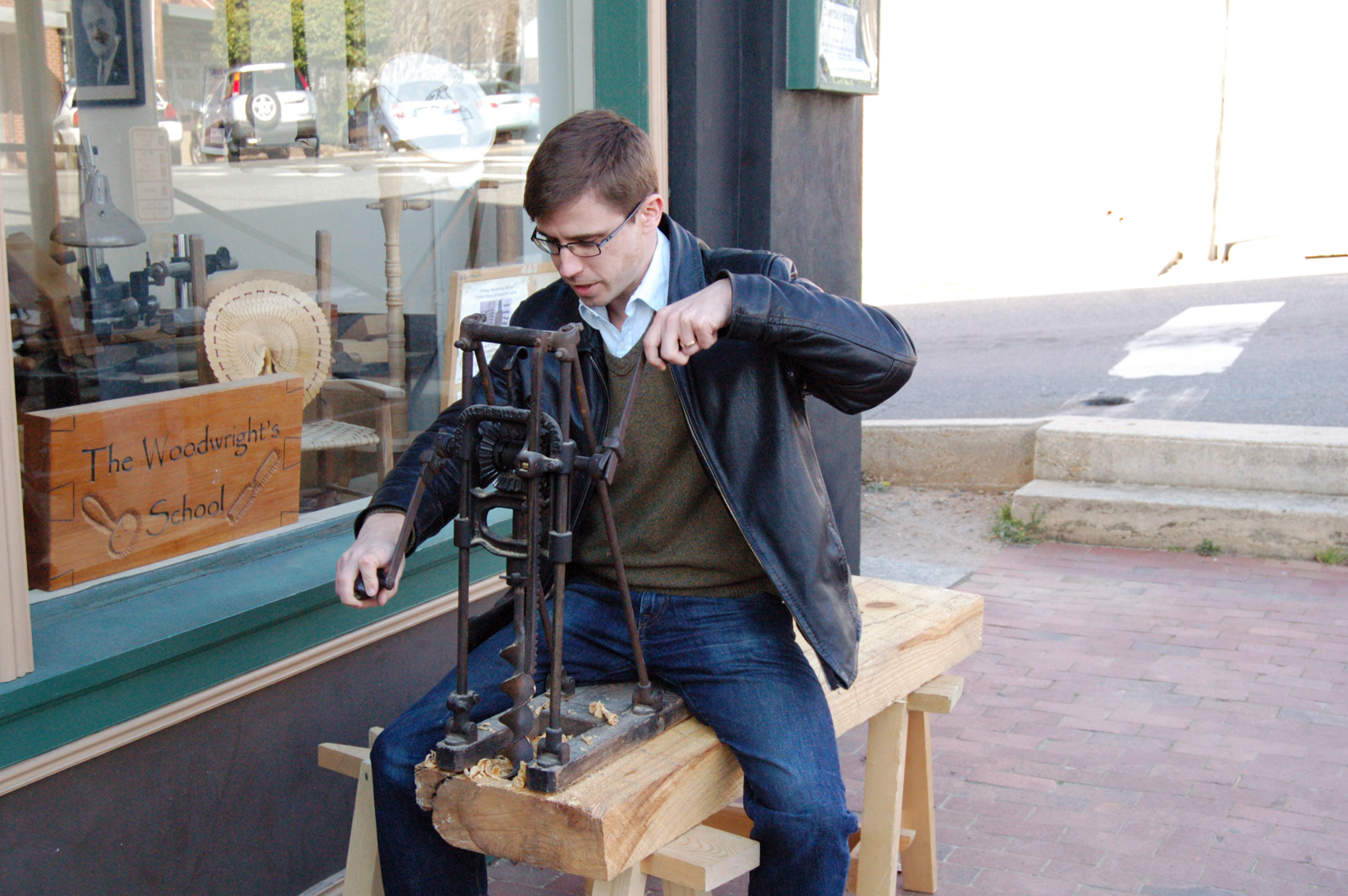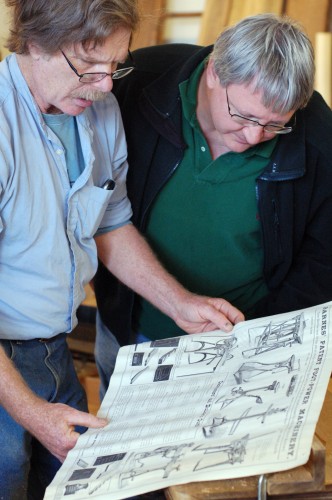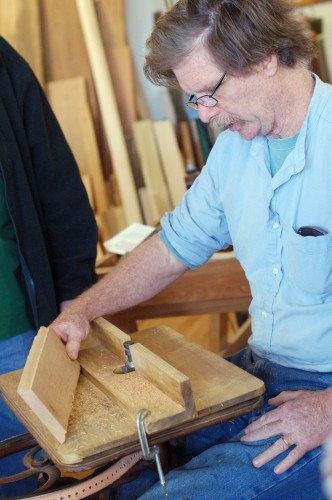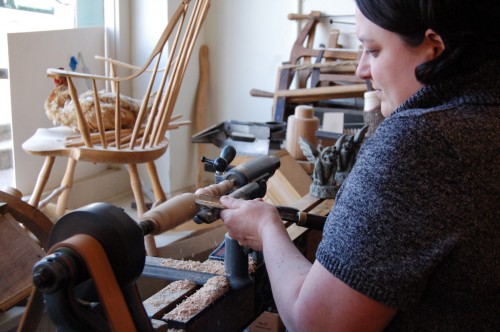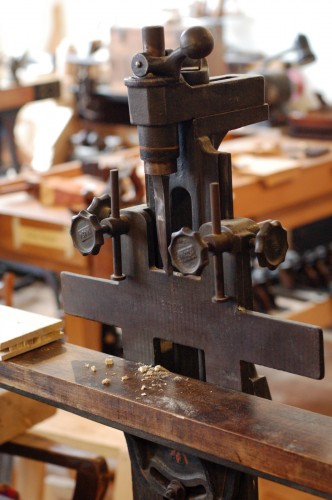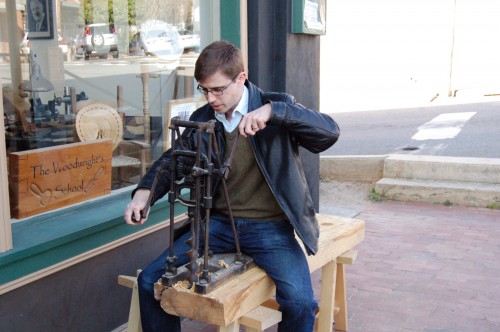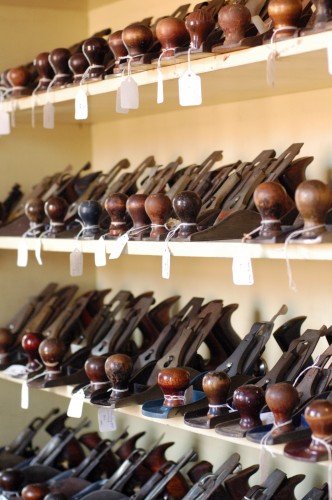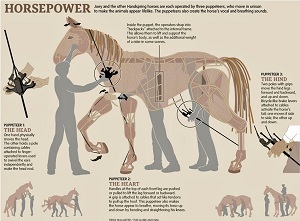The following is a continuation of a newspaper article about the property shop of E. L. Morse on Twenty-ninth Street in New York City. The article first appeared in The New York Times on May 8, 1904, and Mr. Morse’s property shop is long gone. I have previously posted the introduction, a bit on Morse’s career, a story of a fake fish he built,  all the skills a prop maker must possess, and making things from papier mache.
Even the manufacture of an automobile does not frighten the veteran property master. He has one tied to his ceiling. To be sure it is not a real auto with a real chauffeur and real gasoline motive power, but it looks enough like it. It is entirely of wood, wheels and all. It is constructed so that a man can sit inside, invisible, working a treadle, and making the wheels go round. The chauffeur is not alive—only a dummy. His hand stays on the lever and his head is occasionally turned by a wire worked by the man on the inside.
“I don’t want the thing,” says the old maker. “The man who ordered it owes $50 on it, and the sooner he brings the cash and takes his auto away the better I’ll like it.”
“Speaking of people ordering things,” he continues, “you don’t know what a crazy man is until you see some fool vaudeville manager come here and try to get me to make things for him.
“He hasn’t the slightest idea of how anything’s made, and he couldn’t draw a straight line or cut the peeling off an apple. But he’s seen a picture in some Sunday paper and takes a notion he would like to have something like it for a show. He comes in and tries to tell me what he wants. All he can do is to wave his hands about and say: ‘Well, you know what I want.’ Of course I don’t know, and I generally end by letting the man know I think he’s crazy—which he is. Then he leaves, thinking I’m a hopeless fool because I can’t make what he wants. And he doesn’t even know what it is!”
This article first appeared in the New York Times, May 8, 1904.

